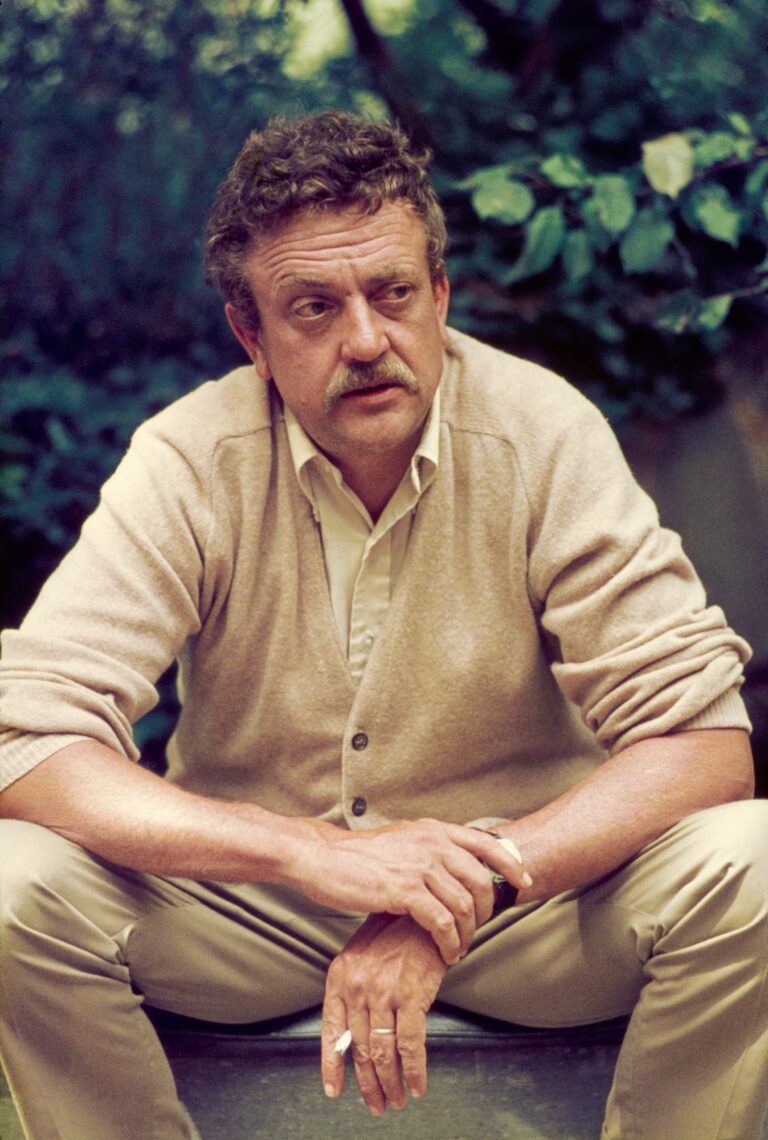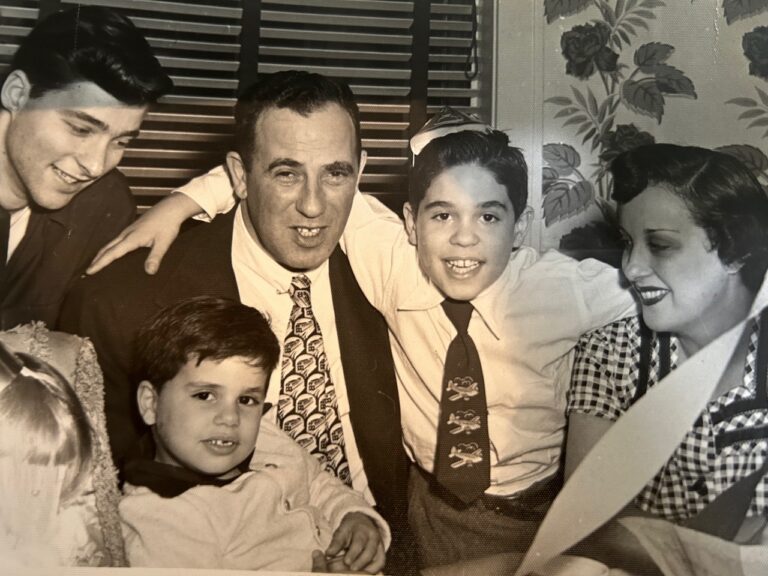Chicago Sun-Times, December 14, 1980
The faded signs, the old-fashioned grocery and soda fountain and the muted grays and browns of a three-story walkup are all part of the setting on this perfectly ordinary urban block.
But when the TV cameras begin to roll, furry puppets prance and sing and a Hispanic woman introduces half a dozen preschoolers to Spanish counting, the ordinary becomes quite extraordinary. In fact, it becomes “Sesame Street,” known around the world as TV’s gift to children.
Filmed in a converted movie theater in a typical urban neighborhood of Manhattan’s Upper West Side, “Sesame Street” is a 12-year collaboration of hundreds of writers, researchers, film companies, cartoonists, directors and actors. But ruler of the roost is a friendly, insecure 8-foot-tall yellow canary who craves bird seed.
Big Bird came about after the show’s initial test pilots in 1968 proved too dry for its intended audience – the nation’s 12 million 2- to 5-year-olds.
Master puppeteer Jim Henson was called upon to add his Muppet touch, and created Big Bird and Oscar the Grouch, an orange (he later turned green), furry puppet who lived in a trash can and delighted in being contrary. Both characters are played by veteran puppeteer Carroll Spinney.
“You should see what Big Bird looked like the first year,” Spinney said from his fifth-floor dressing room above the “Sesame Street” studio.
“He looked brainless. He had hardly any feathers above the eyes and there was just no room for any brain. He didn’t have much of a role to start with. Sometimes he’d just say, ‘Hi Gordon, where are you going?’ and that was it. It just slowly evolved.”
Spinney, a Boston native who was handpicked for the show by Henson after appearing in a Salt Lake City puppetfest, attributes the bird’s popularity to his “teddy bear” nature and slightly bird-brained mentality.
“I think kids like the idea that they’re a little smarter than he is and they can follow a problem a little faster – although they definitely empathize with him,” Spinney said.
Negotiating the bird’s bulky costume is a herculean task. To “become” Big Bird, Spinney climbs into the costume’s legs and pulls the rest of it over him like a sweater. One hand works both the bird’s arms, while the other controls facial movements. Instead of eye holes, which would have marred the bird’s looks, Spinney guides himself on the set by viewing a tiny TV monitor taped to his chest.
Oscar presents other difficulties. His character is so insulting and intractable, Spinney said, that it can be overwhelming. As Bruno the Trash Man, a life-size character he occasionally plays, Spinney carries Oscar’s trash can ahead of him while manipulating Oscar with his hands.
“It’s sort of two characters at once, and this is a little hard, particularly if Oscar turns and looks at me. I find myself intimidated!
“I went through a period when I couldn’t stand him,” Spinney said, laughing. “I’m always rather surprised that he’s that well-liked. But he’s always been fun to do. I mean it’s fun to say, ‘Hey…[in Oscar’s gruff voice], I hope you die.’ I’m rather shy with people, but Oscar can insult them.”
Aided by Spinney’s endearing characterization of childlike innocence and sincerity, Big Bird became a lovable fixture and the show rocketed to international success.
As “Sesame Street” prospered – garnering 13 Emmys along the way – and was broadcast in scores of countries overseas, local productions were introduced in Holland (“Sesamstraat”), Brazil (“Vila Sesamo”), West Germany (“Sesamstrasse”) and elsewhere.
The show’s early success – combining an expanded company of 10 actors and various puppets on a “live” set with filmed learning segments and skits involving Muppet celebrities Cookie Monster, Bert and Ernie and Kermit the Frog – encouraged the producers to experiment with advanced educational goals and methods.
Recent seasons have featured Down’s syndrome youngsters, introduced Spanish words and phrases, advanced a feminist viewpoint and tackled such emotional concerns of preschoolers as sibling rivalry and childhood anxieties.
One innovation was the use of children with physical disabilities, said “Sesame Street” producer Lisa Simon.
“There’s one little boy who’s got spina bifida [a spinal disease] who’s in a wheelchair. And he’s one of our best kids. He does everything everybody else does, but he does it in his wheelchair,” Simon said.
“We did some segments last week with Itzhak Perlman…talking about physical barriers, the kinds of problems they both encounter.”
Not all the show’s innovations have succeeded. Skits involving the Pilobolus Dance Company, who wear skin-tight outfits, drew enough negative mail that four of the five segments were dropped. “The Man From Alphabet,” about a child who solved detective cases because he knew how to read and write, was abandoned after researchers reported it failed to hold viewer interest. And some educators have criticized the show’s rapid-fire pace (segments are rarely longer than four minutes) as undermining the more sustained atmosphere at school.
Yet the show’s popularity remains staggering – it reaches 9 million homes a day on more than 280 PBS stations nationwide. In Chicago, different one-hour segments air 17 times a week on WTTW-TV (Channel 11), and when the station recently dropped its 7:30 a.m. time slot, phones “rang off the hook” and the show was quickly reinstated, a station spokesman said.
The current season, which started Nov. 30 on WTTW, features a gallery of new Muppets who were auditioned by “experts”: preschool children recruited from two New York day care centers.
One new character, Forgetful Jones, was designed to promote deductive reasoning, leading young viewers to guess from clues just what Forgetful had forgotten.
Forgetful survived his audition, but only with alterations. His drawl proved too slow to hold the attention of young audiences and his sketches provided too little action.
A redesigned Forgetful will be on hand this season to teach and entertain preschoolers around the world, and remind “Sesame Street” viewers of all ages how successful this 12-year-old experiment in creative learning has grown.




Dynamite article Lester! I love to know the stories behind the stories. Neil Henry